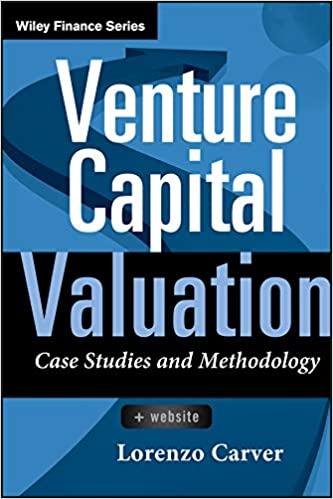Question
An investment company is considering three Exchange Traded Funds for one of its clients: ETF Q has an expected return equals 10% and a standard
An investment company is considering three Exchange Traded Funds for one of its clients: ETF Q has an expected return equals 10% and a standard deviation equals 16%. ETF Y has an expected return equals 8% and a standard deviation equals 10%. The third ETF is money market and has an expected return equals to 2%. The first two ETFs, Q and Y are uncorrelated. The client is risk averse with a risk aversion coefficient equals to six.
1. Find the proportions of each asset, and the expected return and standard deviation of the tangency portfolio. (4 marks)
2. What is the reward-to-variability (Sharpe) ratio of the best feasible capital allocation line? (3 marks)
3. What is the composition of the optimal portfolio in terms of all available funds? (4 marks)
4. What are the expected return and standard deviation of the optimal portfolio in (3)? (4 marks)
5. A less sophisticated investment client with a risk aversion equals to ten and would like to use only the Q and Y ETFs, what must be the investment proportions of her portfolio in all assets? Compare your result to the optimized portfolio in part 3. What do you conclude? (5 marks)
Step by Step Solution
There are 3 Steps involved in it
Step: 1

Get Instant Access to Expert-Tailored Solutions
See step-by-step solutions with expert insights and AI powered tools for academic success
Step: 2

Step: 3

Ace Your Homework with AI
Get the answers you need in no time with our AI-driven, step-by-step assistance
Get Started


